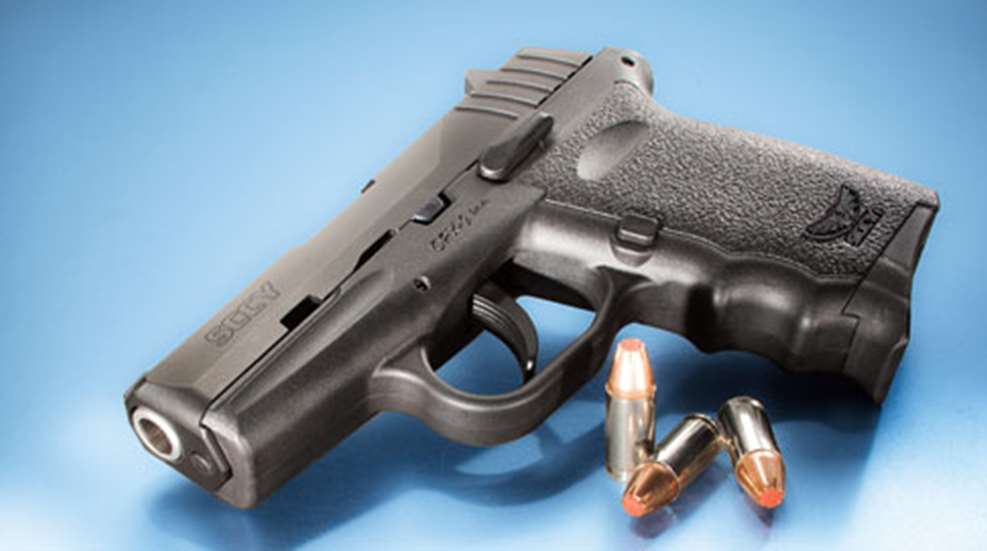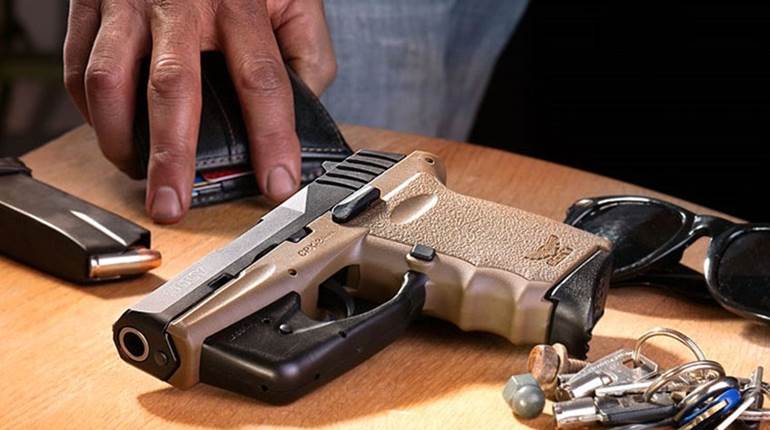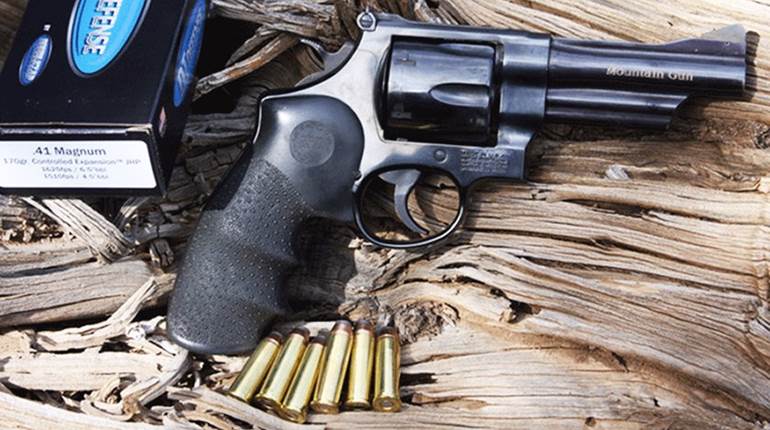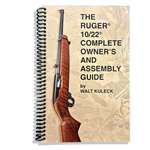
3/18/2013
One innovative entrant into the market of compact, polymer-frame handguns is SCCY Industries (pronounced “sky”) with its CPX-1 and CPX-2 pistols. Both are chambered in the ubiquitous 9 mm Luger cartridge with 10-round-capacity magazines. The only difference is that the CPX-1 model includes an ambidextrous thumb safety.
The SCCY CPX-2 tested here is the new Generation 2 model; a compact, recoil-operated, hammer-fired, double-action-only semi-automatic pistol with a Zytel polymer frame. The pistol’s slide and barrel are both machined from stainless steel, and the barrel is finished with a ceramic abrasion treatment for a matte appearance. The slide can be had with that treatment as well, or with a self-lubricating hard nitrite coating for a satin black finish, as was tested.
The slide is very well machined with weight-saving angles and rounded edges for improved comfort and ease of holstering. The ejection port is aggressively lowered on both the right and left side to improve ejection. Its satin black finish is well applied and smooth, and there are no machining marks visible inside or out. It also has a clean appearance with the only visible engraving being the company’s name on the left side.
At the rear of the slide are attractively arched serrations that are well-spaced and deep enough to offer a secure grip for operating the action. The steel extractor does double duty as a visual and tactile loaded-chamber indicator as it pops up when there is a cartridge case in the chamber. The steel, white three-dot sights are very easily acquired. The front sight is fixed while the rear sight is drift-adjustable for windage after loosening a lock screw with a 1/16-inch Allen wrench.
The stainless-steel barrel, machined from bar stock, has traditional rifling with seven lands and grooves and a 1:16-inch right-hand-twist rate. The barrel’s hood is machined to almost seamlessly match up with the contours of the slide. The pistol’s one-piece steel guide rod uses a captive double-spring system for reliability and ease of disassembly.
Its black polymer frame has an appearance and feel that suggests attention to detail in the CPX-2’s manufacturing. Integral stock panels are stippled and carry the company’s winged logo and name. The rear of the grip features a recoil cushion design with air pockets and the front has comfortable finger grooves. The trigger, magazine release and functional extended slide lock are all made from polymer.
The receiver is made from 7075-T6 aircraft-grade aluminum, offering strength and additional weight reduction. It contains the triangular shaped steel hammer as well as the steel ejector. The bobbed double-action-only hammer strikes the inertial firing pin with each trigger squeeze, making a double strike possible in case of a hard primer. The firing pin and firing pin spring help prevent an accidental discharge in case the pistol is dropped.
Disassembly for maintenance is easily accomplished by locking the slide to the rear, removing the magazine, and then removing the disassembly pin using a flathead screwdriver or an empty case rim. Then simply ride the slide forward to separate it from the grip frame. To reassemble, just replace the slide and barrel assembly onto the grip frame, locking the slide to the rear. Make sure the barrel is in the forward position in order to align the disassembly pin with the barrel cam.
On the range the CPX-2 performed well after an initial break-in period during which there were several failures to feed and one failure to extract. After the application of lubricant, the pistol manifested no further malfunctions. At 15 yards, the three ammunition types—for a total of 75 rounds—averaged slightly more than 4 inches, which was within reason considering the pistol’s intended purpose.
The double-action trigger was very smooth and broke at 8 pounds, 3 ounces. The trigger reset, however, required almost a full release and return to the front. The included 10-round steel magazines feature a grooved fingertip extended base for added comfort as well two flat polymer bases for increased concealment.
Overall, we found the CPX-2 to be reliable, well-made and designed, lightweight, and compact. Its full lifetime warranty, careful construction, high-quality appearance and feel, as well as the included extras, belie its very reasonable price.
Manufacturer: SCCY Industries LLC; (866) 729-7599; www.sccy.com
Caliber: 9 mm Luger
Action Type: double-action-only, recoil-operated center-fire semi-automatic period
Frame: black Zytel polymer
Barrel: 3.1"
Rifling: seven grooves, 1:16" RH twist
Magazine: detachable-box; 10-round capacity
Sights: fixed blade front, windage-adjustable rear
Trigger: double-action-only; 8-lb., 3-oz. pull
Overall Length: 5.7"
Width: 1"
Height: 4"
Weight: 15 ozs.
Accessories: gun lock, spare magazine and base plates
Suggested Retail Price: $299























![Auto[47]](/media/121jogez/auto-47.jpg?anchor=center&mode=crop&width=770&height=430&rnd=134090788010670000&quality=60)
![Auto[47]](/media/121jogez/auto-47.jpg?anchor=center&mode=crop&width=150&height=150&rnd=134090788010670000&quality=60)












